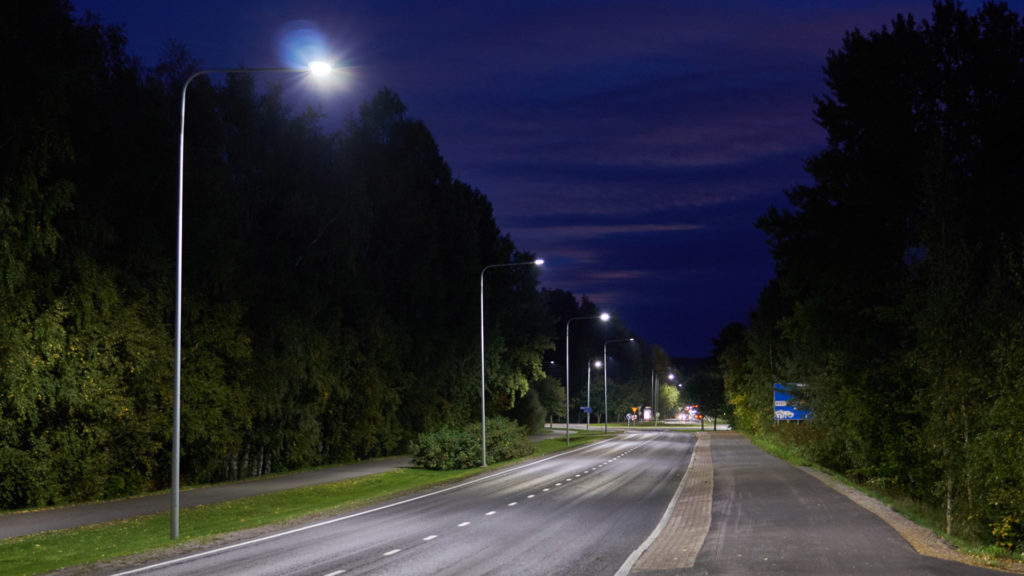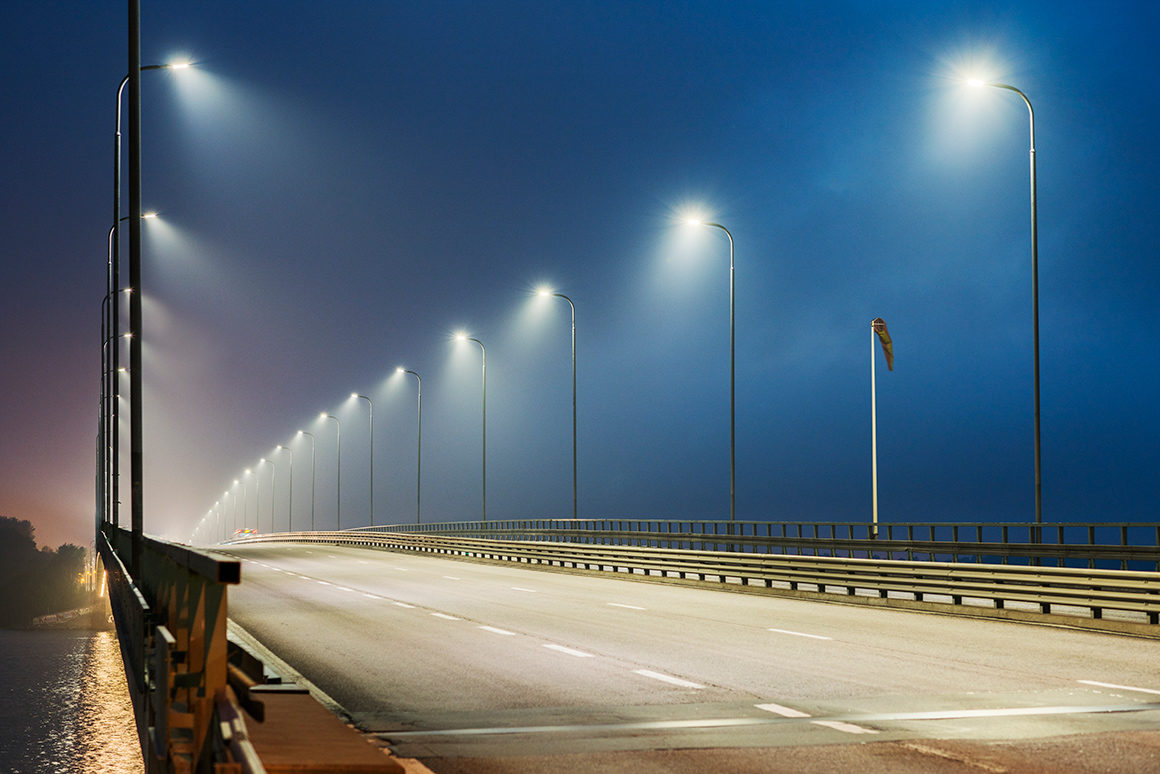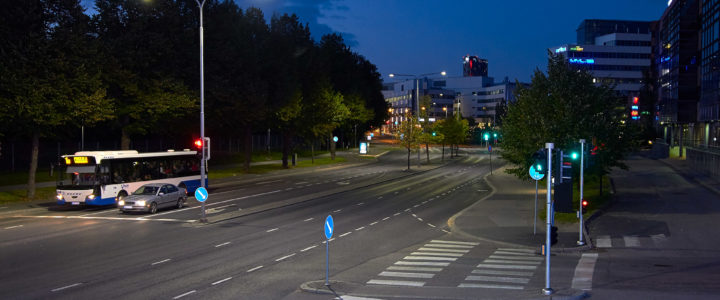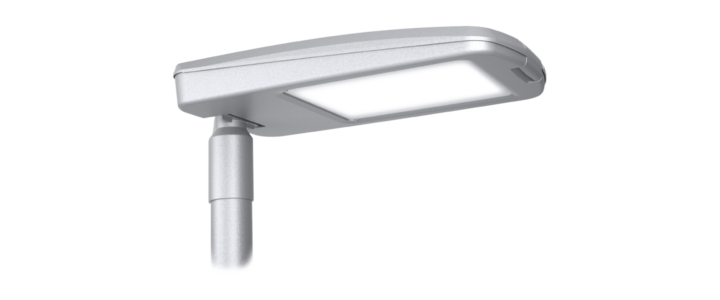Talk to our lighting experts  +358 20 125 5800
+358 20 125 5800

August 16, 2018
Looking for the Perfect Street Light? Ask Yourself These 4 Questions
Unlike some years ago, LED technology is now a clear choice for anyone purchasing street lights to public areas. Finding a perfect street light, however, is far from the obvious.
Here’s the challenge.
Before the age of LED, the contractors and designers had some 3 to 5 alternative street luminaires to choose from. Today, there are millions of options and the number keeps on growing as technology and suppliers evolve.
At the same time, most of the exterior lighting is on public areas and in many cases, at the very heart of the debate concerning safety, sustainability and environmental issues.
For anyone purchasing LED street lights, the goal is to find an energy-saving, sustainable solution that creates safety and appeal. But how to find the right solution among all of those alternatives?
While every project is different, there are certain things in common. Here are 4 questions you should be asking yourself if you’re searching for that perfect street light.
How do I determine the right light level of the street?
Exterior lighting is needed for a number of different causes, including facades, lanes, parks, cycleways and motorways. Depending on the area, lighting can support orientation, highlight activities, improve safety, express character or stage events, for example.
In street lighting, the determining factors you should consider are the amount of traffic and the type of traffic. These two factors determine whether street lighting is needed and if so, what kind.
In public areas, the amount and type of traffic further determine which lighting class a certain street falls into. The municipalities and cities decide these lighting classes themselves, basing their decision on street lighting design guidelines.
In the Nordics, there are shared design guidelines that each country applies and specifies. The higher the lighting class, the more requirements for the lighting. In practice, the lighting class (ranging from 1 to 6) determines how much light is needed and how even the light should be. At busy city centers, the lighting class might be as high as 1 or 2 and on silent streets 5 or 6.

Image: A report conducted by the University of Manchester Institute of Science and Technology states that low illumination is a major contributory factor in the night-time fatality rate. (Murray et al. ‘Road Traffic Accidents: The Impact of Lighting’, The Lighting Journal, 63:42-46)
Should the luminaires be CUSTOMISED?
Even after determining a lighting class, each street has its unique characteristics. There are big differences in the width of the road, pole distance and pole height, to name a few. Because of the differences, the luminaires need customisation to assure high-quality lighting on every street. Usually, the customisation has to do with the luminaire’s light output, optics or both.
Often, it’s about finding the right balance in customisation. In the end, it’s all about listening to the customer’s needs and finding that right balance with different factors.
Which features should I draw attention to?
With exterior lighting, the durability of the luminaires is vital. Outdoors, the luminaires are always exposed to tough conditions, including heat, cold and moist. As opposed to nature’s own twists, vandalism is always another concern on public spaces.
The single most important thing affecting the lifespan of LED luminaires is heat control. In other words, the lifespan of the luminaires is a lot longer if the LEDs, along with the drivers, are kept cool. Therefore, make sure the thermal management of the luminaires is well designed and never compromise vital attributes over price.
Apart from thermal management, make sure the street light you choose has:
- Recyclable, tested materials
- Wide enough power range
- Wide optics spectrum
- Replaceable components
- High IP & IK class
- Long guarantee
- Smart City compatibility
What can I do to prepare for the future?
Everywhere in the world, cities are evolving rapidly and the concept of Smart City is more and more talked about. For anyone dealing with public lighting, the compatibility and interoperability of lighting and different smart city applications have become areas of interest.
While the harmonisation and standardisation are yet to be established in the lighting world, as a purchaser of LED street lights make sure the luminaires you choose may be easily adapted for future needs.
Do the luminaires support different kinds of connectors? Is the supplier up-to-date with the latest development? In a rapidly changing scene, you need a companion that has the latest information and the ability to integrate and react to future needs.





